I am trying to select a range of numbers from one column 'Description' and then move this pattern to a new column called 'Seating' however the new column is not returning any values and is just populated with values equalling to 'none'. I have used a for loop to iterate through the columns to locate any rows with this pattern but as i said this returns values equal to none. Maybe I have defined the pattern incorrectly.
import re
import pandas as pd
# Defined the indexes
data = pd.read_csv('Inspections.csv').set_index('ACTIVITY DATE')
# Created a new column for seating which will be populated with pattern
data['SEATING'] = None
# Defining indexes for desired columns
index_description = data.columns.get_loc('PE DESCRIPTION')
index_seating = data.columns.get_loc('SEATING')
# Creating a pattern to be extracted
seating_pattern = r' \d([1-1] {1} [999-999] {3}\/[61-61] {2} [150-150] {3})'
# For loop to iterate through rows to find and extract pattern to 'Seating' column
for row in range(0, len(data)):
score = re.search(seating_pattern, data.iat[row, index_description])
data.iat[row, index_seating] = score
data
Output of code showing table where the columns are populated:

Following code populates seating column
I have tried .group() and it returns the following error AttributeError: 'NoneType' object has no attribute 'group'
What am I doing wrong in that it shows <re.Match object; span=(11, 17), match='(0-30)'> instead of the result from the pattern.